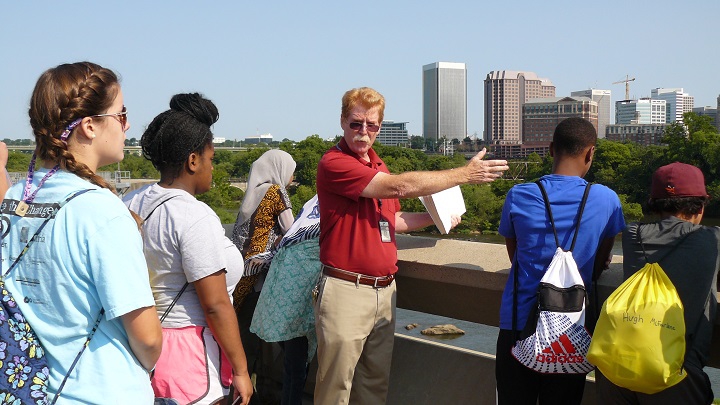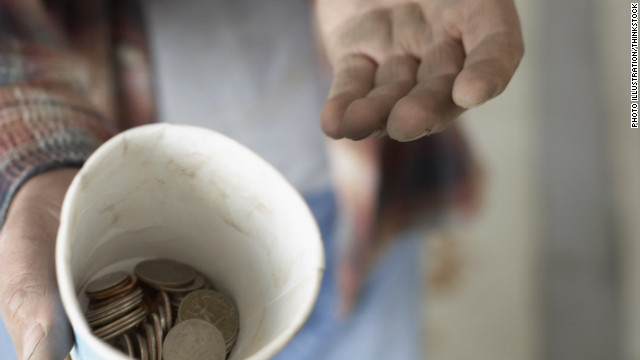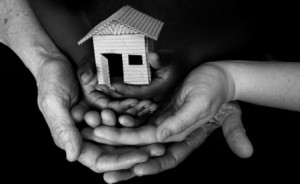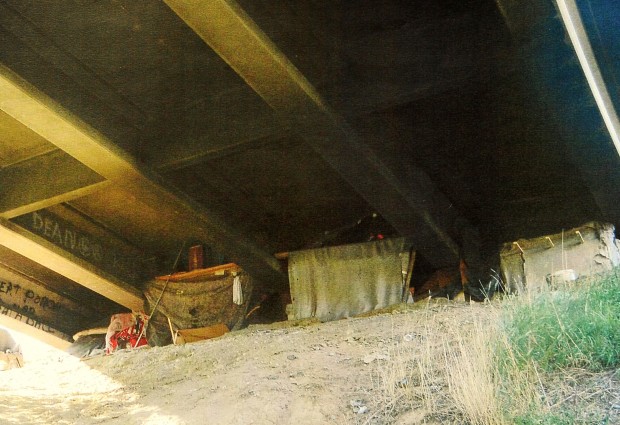A Message for the Mayors of the West Coast USA:
Recently you all agreed that you didn’t understand the
homeless well enough to really help
them.
I couldn’t agree more.
You guys really need to get some knowledge. But you need the kind of knowledge you can’t
get from pollsters or data collectors.
My homeless friends think that each of you should spend six months on
the street, to really get a sense of what is going on here.
I know you don’t have time for that. So let me give you some of the most important
things I’ve learned over my last twenty years of listening to homeless people,
eight months of which my wife and I were homeless. I promise to keep this brief.
What does it mean to be homeless?
It means stress, and more stress everyday. If you think it’s stressful being a public
official with all these different people telling you to do this or that, try to
be homeless with the police, the park officials, the local neighbors, your
friends and your family all telling you to do different things. It’s tough to figure out what to do, and if
you choose wrong, you will lose sleep, get arrested or possibly die.
I bet no matter what you chose, you might lose an election,
but you probably wouldn’t die.
Homelessness means you don’t ever get enough sleep. And when you do sleep you keep one eye open
because you never know when someone might come to beat you, steal your stuff,
or force you to move to a different place.
Because homelessness is so stressful and lacking in sleep,
you don’t always think well, and your decision making process is slow. You might be full of anxiety (only some of
which isn’t real) and it seems that everything you put your hand to fails. Eventually you just give up hope that your
life will improve.
What causes homelessness?
Homelessness has a number of different causes that you can
easily find. The most common is
eviction, foreclosure and job loss. Although many homeless people are addicts,
the addiction for most chronic homeless folks is a result of the stress of
homelessness. The addiction doesn’t as
often cause homelessness. The same with
mental illness. Although many homeless
had some eccentric quirks, the overwhelming stress of homelessness increases
the symptoms of mental weakness, turning them into a full-blown diagnose-able illness.
But these issues, as well as running from abusive homes,
aren’t the real issue. Most people, when
they lose their jobs or become mentally ill or even get addicted, don’t become
homeless. The only people who become homeless
are those who don’t have a sufficient support network. Most of us, you included, have family or
friends who will take us in through a crisis.
The homeless are those who don’t.
And the stress and difficulties of homelessness make the road out more
and more difficult to obtain.
What Doesn’t Solve Homelessness
Sweeps. Moving the
homeless from one place to another doesn’t solve the issues. In fact, being awakened to be moved, or being
given a notice of illegal camping increases the homeless stress, making it more
difficult for them to solve their issues.
If the homeless are given a space to relax and think, they might be able
to discover solutions. But as long as
they are being chased from one place to another, they won’t ever do it.
Shelters. Or at least
not the model of shelters currently pursued by cities. Shelters are often unhygienic, centers for
theft, force people to wait for hours for a bed and force people to sleep at a
certain time and force people to leave early in the morning. Some shelters are really good. But most only make it impossible to get a job,
let alone get stress-free rest.
Homes. Well, sure, if
you house all the homeless, then they aren’t homeless, right? But there two problems. First, you know and I know that you won’t get
the funds to really house all the thousands of homeless you have in your
city. You’ve already spent millions
housing a few hundred. Housing the rest
is beyond anyone’s budget. And second, many
people aren’t ready for housing. They
are too beaten down to pay bills on time, they have developed a claustrophobia
from being outside at night. It is a
compassionate assist, but not actually an answer to homelessness. There are thousands who would lose their
place.
Why are the Homeless so oppressed?
Sociologists have determined that right now Americans
consider the homeless more disgusting than any other social group. More than Muslims, more than welfare
moms. Dr. Susan Fiske says that we, as
a people, consider the homeless to be “piles of garbage.” This is why our first reaction to the
homeless is to sweep them without regard to where they go, because that’s what
we do with debris. Since our first
emotional reaction to the homeless is “disgust”, we come up with reasons to
excuse our disgust. We say that they are
addicts, that they are lazy, that they are criminals.
The neighbors see these criminals and call the police,
afraid of what they might do in their neighborhoods. Although the police don’t want to bother with
the homeless, it is better than having homeowners complain about their lack of
work, so they move the homeless along. Perhaps
the police will arrest the homeless for breaking camping laws. Neighbors might
call the sanitation department to clean up camps, which is another way of
saying that they take the survival possessions of the homeless and dispose of
them. And the homeless lose hope and
become addicts to deal with their stress.
Thus, the assumptions of the people—that the homeless are
criminals, addicts and lazy—are fulfilled by those assumptions.
What are solutions to the homeless?
Community Development:There are as many different solutions as there are homeless
people. However, there is one method of
helping the poor that has worked among poor communities for seventy years. It is called community development.
There are a lot of details, but the basic outline is this:
Go to a poor community and say that you would provide help for them if they can
decide on project they want. Once they
decide on a project the city funds it. The poor, themselves, work to develop the
project and do the upkeep, which gives them ownership. Then they begin working on the next project.
Homeless Neighborhood Associations: If the homeless were given the opportunity to develop
neighborhood associations, communicate with the city and work out compromises
with their neighbors, then the homeless can possibly get some sleep, reduce
stress and develop projects that mean something to them. Give them hope. Make them feel like the citizens they are.
Sleep Areas: Other solutions is to provide a place for the homeless to
safely sleep. Rest areas for people who
walk or ride bikes or sleep in the cars within the city.
Community Centers:Provide a few volunteer-run community centers
for people to shower, laundry and rest during the day, where other neighbors
can offer clothes and food, if they want.
We’ve been doing this in churches.
These solutions provide opportunities for the homeless to reduce stress,
get some sleep and work on their own solutions.
Full Opportunity Shelters: There are shelters, especially for families, that are not just overnight, but provide structured housing with volunteers to teach life classes, help people write a resume and do job searches. Again, this isn't for everyone, but for those who can do this, it provides hope that they might never end upon the street again.
I’m sure there’s more you need to know, but this gets you
started. Hope it helps.


































